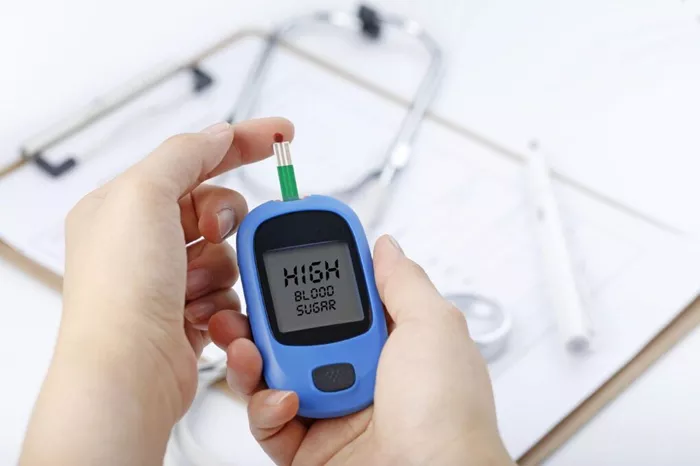Diabetes is a serious health condition that affects how your body turns food into energy. At the core of diabetes management is understanding blood sugar levels. High blood sugar, or hyperglycemia, is a common concern for diabetics. Let’s explore what levels are considered high and why it matters.
Normal Blood Sugar Ranges
Before we talk about high blood sugar in diabetics, it’s important to know what normal blood sugar levels look like. For the general population, normal fasting (when you haven’t eaten for a while) blood sugar is typically between 3.9 and 6.1 millimoles per liter (mmol/L). After eating, blood sugar rises but should generally be below 7.8 mmol/L two hours after a meal. These normal ranges are like a baseline, a healthy target for our bodies to aim for. They show how a well – functioning body manages the sugar (glucose) from the food we eat. Glucose is the main source of energy for our cells, and the body tightly regulates its levels in the bloodstream.
High Blood Sugar Thresholds in Diabetes
Fasting Blood Sugar
For people with diabetes, a fasting blood sugar level of 7.0 mmol/L or higher on two separate occasions is a sign of diabetes. If a diabetic’s fasting blood sugar is consistently above this level, it means their body isn’t properly processing glucose overnight when they haven’t eaten. This could be because their pancreas isn’t producing enough insulin (in type 1 diabetes) or their body has become resistant to the effects of insulin (in type 2 diabetes). Insulin is a hormone that helps glucose enter the cells, where it can be used for energy. Without enough insulin action, glucose builds up in the blood, leading to high fasting blood sugar levels.
Post – Meal Blood Sugar
Two hours after eating, a diabetic’s blood sugar level should ideally be below 10.0 mmol/L. Levels at or above 11.1 mmol/L two hours after a meal can be a sign of diabetes. High post – meal blood sugar is often a result of the body’s inability to handle the sudden influx of glucose from the food. In healthy individuals, insulin is released in response to the rise in blood sugar after a meal, which helps cells take up the glucose. But in diabetics, this process is disrupted. In type 2 diabetes, the body may not make enough insulin or the cells may not respond well to it, causing glucose to stay in the blood. In type 1 diabetes, since the pancreas doesn’t produce insulin, there is no natural way to control the post – meal blood sugar spike without insulin injections or other treatments.
Random Blood Sugar
If a person has symptoms of diabetes, such as increased thirst, frequent urination, fatigue, and blurred vision, and their random blood sugar (taken at any time of the day, regardless of when they last ate) is 11.1 mmol/L or higher, it can also indicate diabetes. This is because in a non – diabetic, the body would usually keep blood sugar within a normal range even at random times. The presence of these symptoms along with a high random blood sugar level suggests that the body’s normal blood sugar regulation system is not working properly.
Why High Blood Sugar is a Problem
Monitoring Blood Sugar
Managing High Blood Sugar
Diet
Exercise
Medications
Conclusion
Related topics:
What Is A Dangerous High Blood Sugar Level?


